Why ‘second cities’ should be your first choice
With the world’s major metropolises reeling from the impact of overtourism, it’s time to have second thoughts on our choice of city destinations.
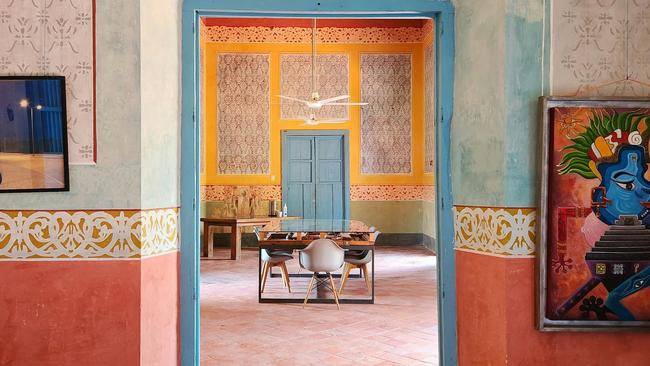
You might have read the headlines: protesters shooting water pistols at sightseers in Barcelona and yelling “Tourists go home!”; Oaxacans denouncing the soaring cost of living due to waves of tourists and Airbnb rentals; and Venice introducing a five-euro entrance fee for day-trippers to the vulnerable lagoon city. In the last decade or so, many of the world’s popular urban destinations have become so overwhelmingly crowded and expensive that, for better or worse, the locals have declared war on tourism. While often the solution is to visit these places in the off-season – Venice in April or October rather than during the summer, for instance – a positive side-effect of this otherwise contentious phenomenon is the rise of the “second city”.
The term originally referred to the second-most-populous place in a region, but it could also be applied to less-heralded alternatives in a similar vicinity – the support band as opposed to the headline act. That might mean the charming city of Bolzano in the Italian Dolomites, which is starting to attract the international visitors that might normally have flocked to Milan. Or, with its dynamic arts scene that’s more accessible and progressive than that of its showier neighbour, Chicago in place of New York. Rather than boarding the Marrakech express, as most visitors to Morocco do, why not venture to lyrical and labyrinthine Fez? At such less-frequented places, instead of being met with resentment, you may be welcomed with open arms.
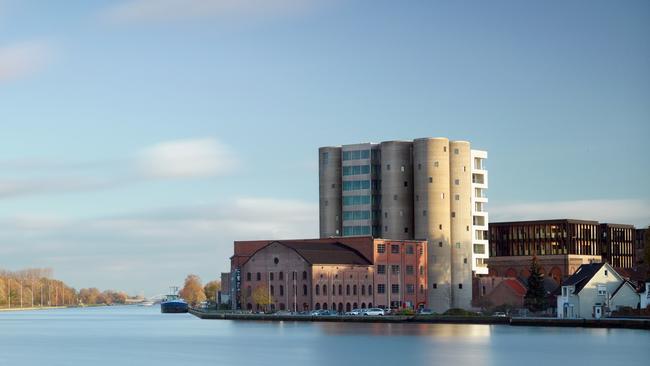
The best “second cities” are far from a compromise. On the contrary, often they offer more, in terms of quality of experiences and affordability. Although I’ll always love Paris and Amsterdam, lately I have chosen to explore Antwerp in Belgium instead. This intimate, navigable historic river port city has a cultural scene that rivals both destinations. I’m also continuously amazed at how Antwerp, with its small population of 530,000, has generated an astonishing number of global visionaries, from celebrated designer Axel Vervoordt (his Kanaal project, a sort of art park installed in a renovated industrial complex outside the city, is truly extraordinary) to painter Luc Tuymans and fashion designer Dries Van Noten. Antwerp’s retail scene, especially in terms of vintage clothing and furniture, is next-level (I snagged a Dries Van Noten jacket last autumn for €80), while its culinary scene is superb. You can dine at a Michelin-starred restaurant here for half the price of a similar establishment in Paris, and pick up cones of hot, crisp fries at street stalls that are arguably the best in Europe, prompting the question of why we even refer to them as “French” fries?
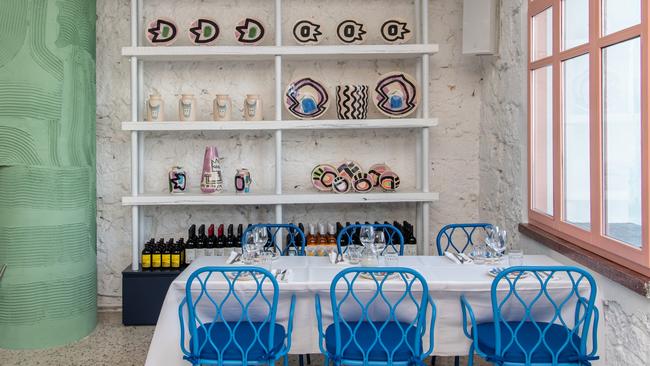
These days when I head to Greece I often skip its ancient capital and head directly to the luminous port city of Chania on Crete. I adore Athens, but it has become, in the summer, somewhat unbearable owing to the throngs and temperatures. Meanwhile, Chania with its storied Venetian-era fortified walls is set directly on the water and typically cooled by a sea breeze. Its centre is picturesque, walkable and swimmable – there’s a small beach by the Topanas district to the west – and filled with special little shops and excellent tavernas. I’m obsessed with Red Jane, a wildly stylish bakery designed by London-based Michael Anastassiades, and Maiami, an eatery that is also the experimental art laboratory for artist Alexandra Manousakis. Manousakis also runs a stellar family winery outside the city with her husband, Afshin Molavi. In Athens, despite the local friends I have there, I’ll always remain a tourist, but after a few days in Chania, I really feel like a local.
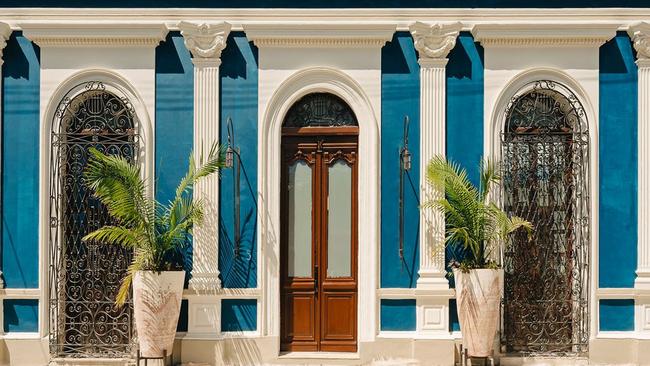
It’s hard these days to feel like a local in Oaxaca, Mexico, where an influx of tourists has precipitated a rapid rise in rents. Now the writing is literally on the wall: residents have sprayed messages on façades like “Odio al gringo”. Equally compelling in terms of culinary and craft traditions is Mérida, the leisurely capital of the Yucatán. Often these second cities have a fascinating history. Mérida’s heyday began at the end of the 19th century when it was exporting henequén, a flowering plant used for manufacturing high-quality rope. The city became so wealthy that its merchants built monumental Art Nouveau mansions along its elegant boulevards, as well as country estates outside the city. Today many of them have been restored and transformed into cultural institutions or spiffy hotels. The city has attracted an impressive art world crowd that includes the Cuban artist Jorge Pardo and the reclusive Latvian-American Vija Celmins. What’s more, ancient Mayan sites are only one or two hours away, including the awe-inspiring Uxmal and Chichén Itzá.
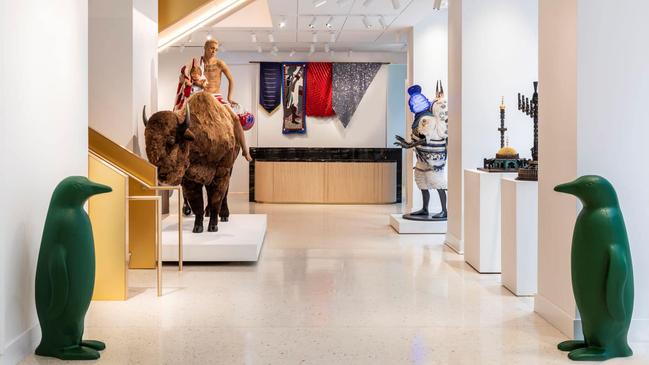
Although New York, with its profusion of esteemed museums and contemporary art galleries, has long been the acknowledged hub of America’s art scene, Chicago just might offer some healthy competition. On a recent trip to the Windy City, I found art everywhere, embedded in the most unconventional and peculiar places. I found it growing out of an abandoned lot on the South Side of the city, thanks to seeds sown by the artist and activist Emmanuel Pratt, and in the storefront windows of the celebrated artist Nick Cave’s studio and home in Irving Park. Unlike in New York, the art scene in Chicago is not being defined by bold-faced curators and deep-pocketed collectors; it’s by the artists themselves, which I find much more exciting. If Chicago is still too unwieldy, smaller American cities such as Minneapolis, Houston and San Diego have flourishing artistic scenes worthy of discovery.
That’s the secret of second and third cities: they have to work harder and offer more to get the attention that big-ticket capitals take for granted. It’s why they’re so rewarding to travel to. Lacking in notable landmarks, they rely more on their authenticity to seduce visitors. Spending time in these destinations can lead to deeper insights into a culture, too. But sometimes even lesser-known locales become madly popular. While Porto has long been considered an alternative to the Portuguese capital, Lisbon, this second city has become swamped with tourists in recent seasons. Better to explore the sleepier medieval city of Evora in the Alentejo region. It’s a hidden gem.
THE BACK-UP PLAN: FIVE SUBSTITUTE CITIES
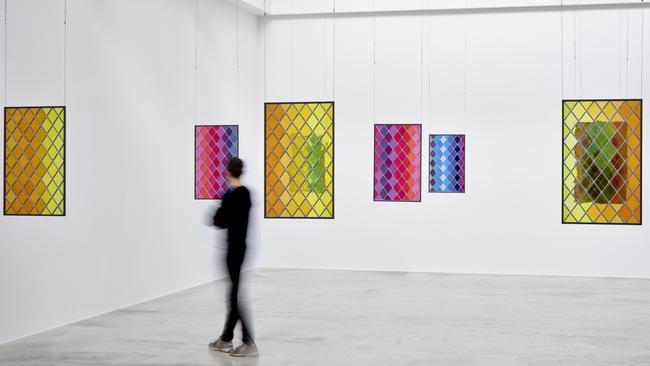
Antwerp, Belgium
Ready to press pause on Paris? Cultured Antwerp is the next best thing. In addition to Kanaal, an art-filled complex hatched by Axel Vervoordt, the recently reopened Royal Museum of Fine Arts has an incredible collection of Belgian painters. Discover an inspired mix of eclectic labels and objects to buy at Graanmarkt 13, and excellent vintage clothing at Labels Inc. The Botanic Sanctuary is a former 15th-century monastery reimagined as a humming oasis with four restaurants, 108 elegant suites and a state-of-the-art spa. Tazu is a topnotch casual Japanese eatery, while the plant-forward And/Or, headed up by Filipino American Karen Shu, is a favourite of many of the city’s creatives.
Bolzano, Italy
Hold Milan. Bolzano, the gateway to the Dolomites in the Italian Alps, is buzzing. Recently renovated, Parkhotel Mondschein is a lively and stylish lodging in the city’s historic centre. For traditional mountain fare, try schlutzkrapfen, aka mezzelune (half-moon shaped ravioli stuffed with ricotta and spinach), at the rustic Ristorante Anita, and if you’re up for a culinary pilgrimage, drive 30 minutes north to the village of Algund for a meal at the Blaue Traube. Or combine hiking and wine tasting in Alto Adige. For shopping highs, check out chic retailer Victorienne, which rivals the coolest fashion boutiques in Milan.
Chicago, USA
Compared to the clatter of the Big Apple, visiting the Windy City can be a breeze. For artist-led cultural experiences, check out Hyde Park Art Center, 6018|North, an exhibition space in a derelict Edgewater mansion, and Sweet Water Foundation where art and urban farming converge in once-abandoned South Side lots. For hotels with provocative art, try the five-star Langham, spanning several floors in a building designed by Ludwig Mies van der Rohe, or the joyously colourful 21C Museum Hotel Chicago. Lula Café offers inventive, market-driven fare, while focaccia baked with ricotta, Taleggio and truffle oil is a winner at Avec West Loop.
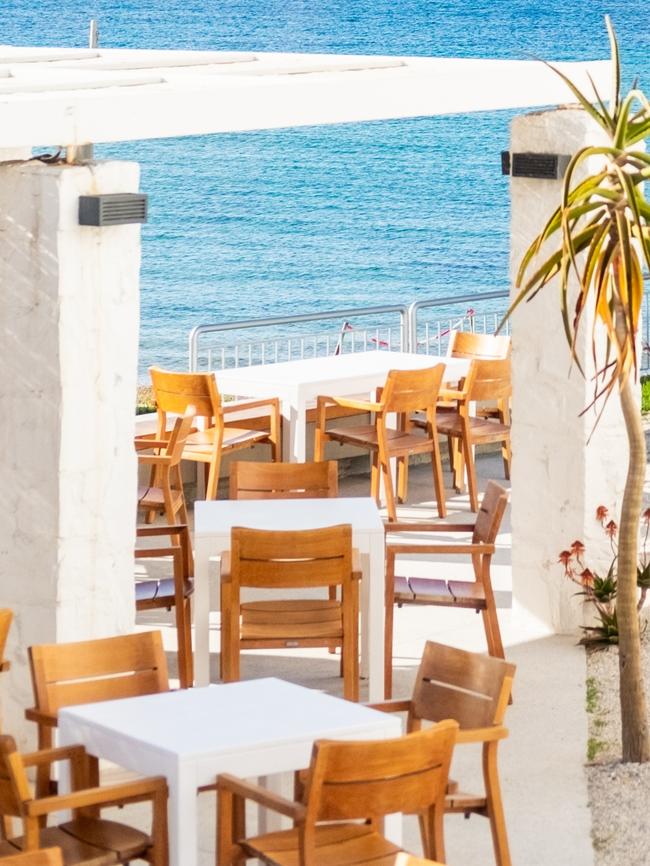
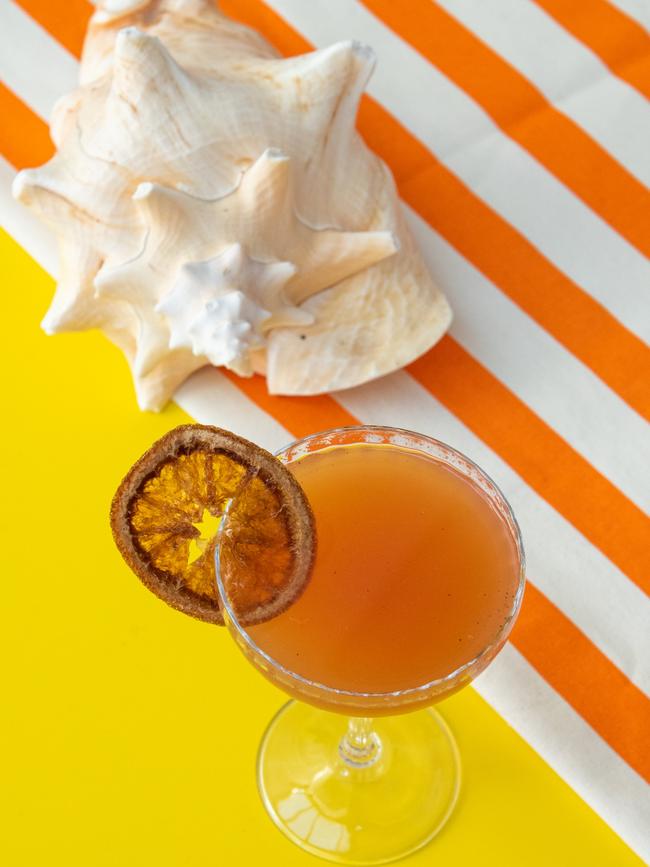
Chania, Crete
If you find the Acropolis overly populous you’re not alone. Chania has a Venetian harbour, Ottoman fortresses and, for a taste of the island’s Minoan history, the newly opened Archaeological Museum of Chania. Stay at Ammos, a 33-room beach resort filled with contemporary design and art, or at Metohi Kindelis, a 400-year-old dusty-pink farmhouse with three self-catering apartments hidden among citrus groves just outside Chania. Alexandra Manousakis and her husband, Afshin Molavi, run some of the best eateries in town, including Maiami and Salis. Stock up on vibrant resort wear at Just Brazil and then head to the workshop and boutique of artist-designer Elli Lyraraki for handcrafted sandals and jewellery.
Mérida, Mexico
From gastronomy to historical sights, the Yucatán capital has abundant riches to unpack. Urbano Rentals offers a tempting collection of homes to rent. For a more traditional stay, adults-only Cigno is set in a 19th-century mansion in central La Ermita. Don’t miss a dining experience at Huniik, designed by artist Jorge Pardo, or a meal at Apoala in Santa Lucía Park. Both serve up tantalising modern Mexican fare and people-watching. Casa T’Ho on Paseo de Montejo has multiple stores offering local fashion, crafts, and a neat café and courtyard. For heady scents, L’Épicerie, a perfumery, spa and residence, is the flagship for the cultish fragrance empire Coqui Coqui.



To join the conversation, please log in. Don't have an account? Register
Join the conversation, you are commenting as Logout